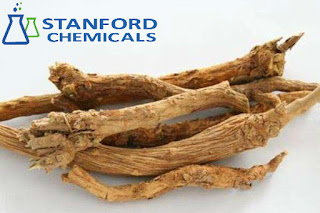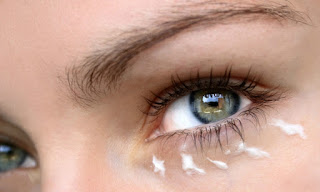What foods contain hyaluronic acid?
Native hyaluronic acid has a relatively short half-life (indicated in rabbits), so various manufacturing techniques have been deployed to extend the length of the chain and stabilize the molecule for use in medical applications. The introduction of protein-based crosslinks, the introduction of free radical scavenging molecules such as sorbitol and the minimal stabilization of HA chains by chemical agents such as NASHA (non-animal stabilized hyaluronic acid) are all techniques used.
The first hyaluronan-based biomedical product, Healon, was developed in the 1970s and 1980s by Pharmacia and approved for eye surgery (corneal transplantation, cataract surgery, glaucoma surgery, and surgery to repair retinal detachment). ). Other biomedical companies also produce hyaluronic acid brands for ophthalmic surgery.
In the late 1970s, intraocular lens implantation was often followed by severe corneal edema due to endothelial cell damage during surgery. It was evident that a viscous, clear, physiological lubricant to prevent such scrape of endothelial cells was needed.
The name was changed to "hyaluronic acid" in 1986, because the polysaccharide synthesized by mammalian cells and some species of microbes is a salt, not an acid. Since then, the use of the name "hyaluronic acid" has become more widespread.
Formulations approved by the FDA are available. In 2007, the EMA extended its approval of Hylan GF-20 as a treatment for ankle pain and shoulder osteoarthritis.
The first hyaluronan-based biomedical product, Healon, was developed in the 1970s and 1980s by Pharmacia and approved for eye surgery (corneal transplantation, cataract surgery, glaucoma surgery, and surgery to repair retinal detachment). ). Other biomedical companies also produce hyaluronic acid brands for ophthalmic surgery.
In the late 1970s, intraocular lens implantation was often followed by severe corneal edema due to endothelial cell damage during surgery. It was evident that a viscous, clear, physiological lubricant to prevent such scrape of endothelial cells was needed.
The name was changed to "hyaluronic acid" in 1986, because the polysaccharide synthesized by mammalian cells and some species of microbes is a salt, not an acid. Since then, the use of the name "hyaluronic acid" has become more widespread.
Formulations approved by the FDA are available. In 2007, the EMA extended its approval of Hylan GF-20 as a treatment for ankle pain and shoulder osteoarthritis.





Comments
Post a Comment